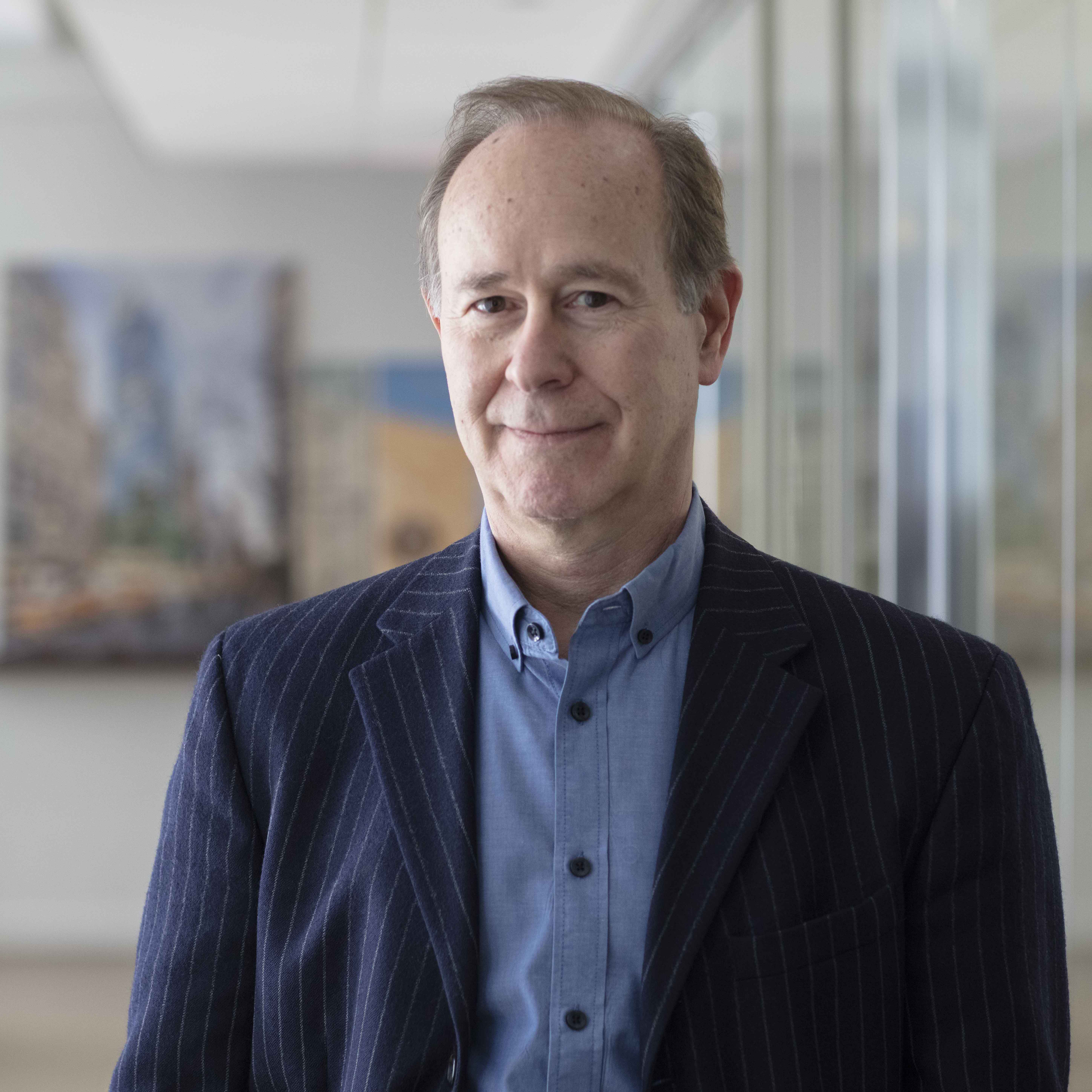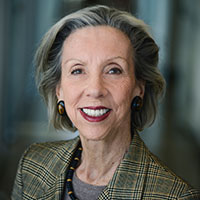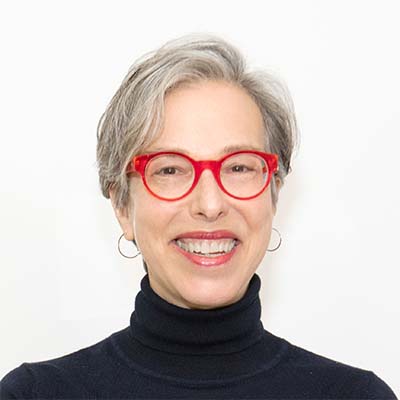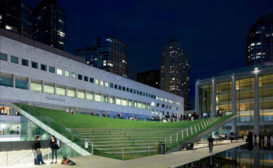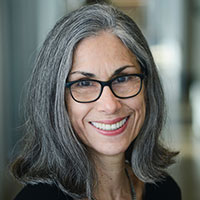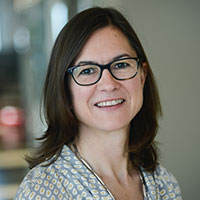Architecture Project Portfolio
Coliseums for the South American Games
A collection of four sports arenas cuts a striking figure while welcoming in the public that uses it.
Read More
Copyright ©2024. All Rights Reserved BNP Media.
Design, CMS, Hosting & Web Development :: ePublishing
